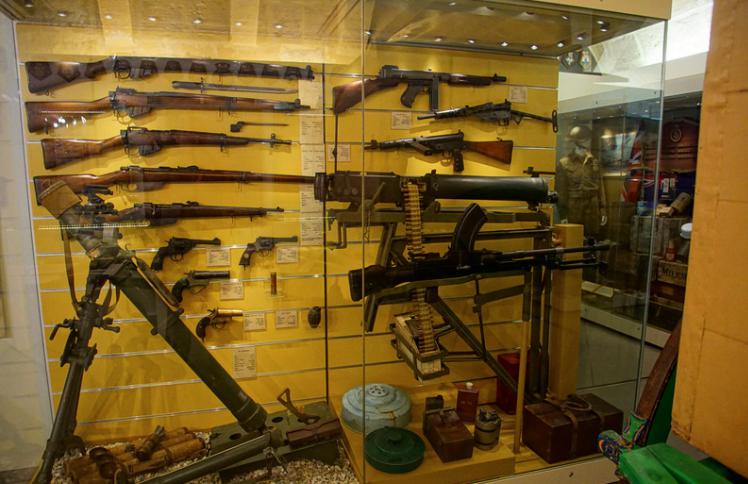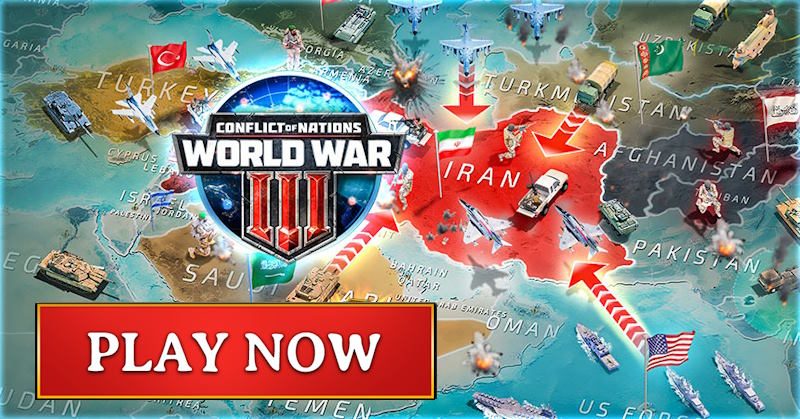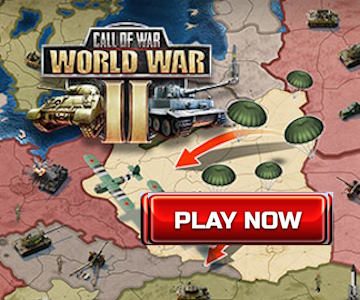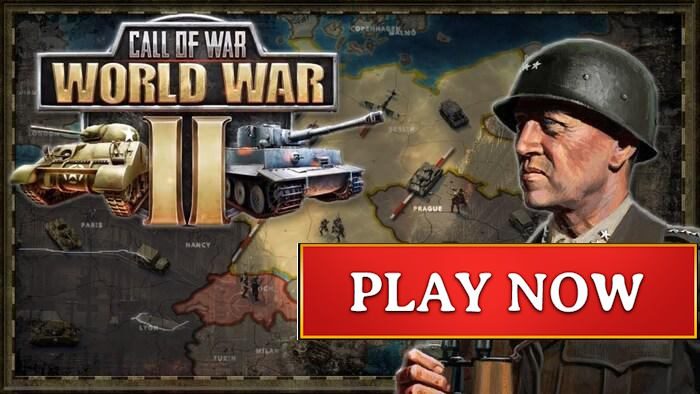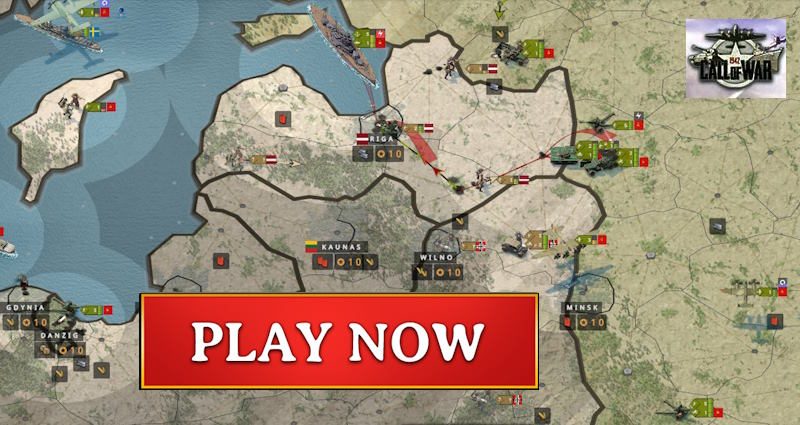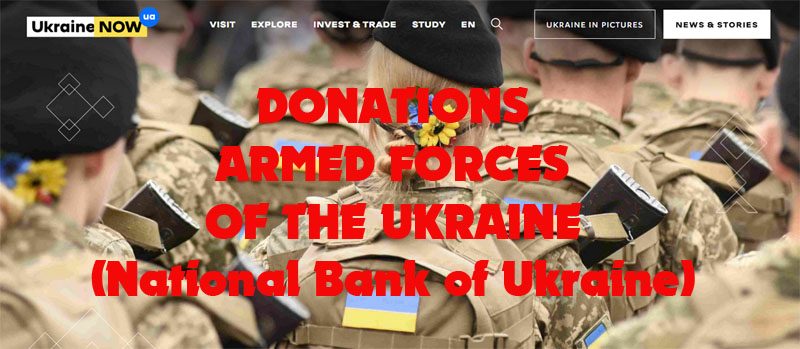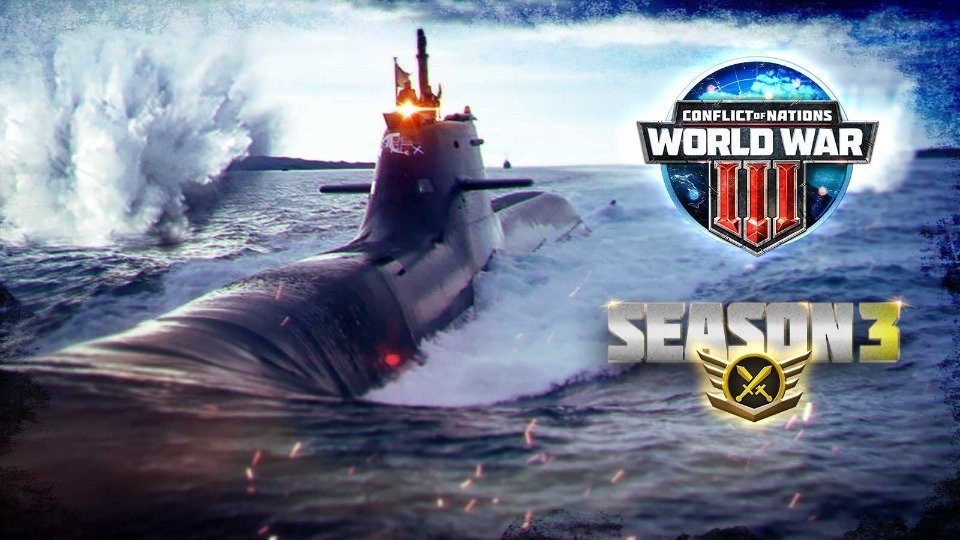From Bolt to Burst: How WWII Changed Infantry Weapons Forever.
World War II wasn’t just a conflict that reshaped global politics and borders—it was a war that fundamentally altered how soldiers fought on the battlefield. One of the most significant and lasting impacts of WWII was on infantry weapons. Before this conflict, the standard soldier was armed primarily with bolt-action rifles—accurate but slow to fire. By the war’s end, rapid-fire semi-automatic and fully automatic weapons had transformed infantry combat, laying the foundation for the modern firearms we see today. Liberty Gun Trader takes a close look at how WWII propelled this massive shift “from bolt to burst” and forever changed infantry weapons.
The Era of the Bolt-Action Rifle
Table of Contents
At the start of the 20th century, bolt-action rifles were king. These weapons, like the German Mauser 98, British Lee-Enfield, and American Springfield M1903, were prized for their precision and reliability. Their design forced the shooter to manually cycle the bolt after each shot to eject the spent cartridge and chamber the next round. This cycling limited the rate of fire but made for highly accurate shooting, especially at long range.
The First World War showcased the bolt-action rifle’s effectiveness in trench warfare, where soldiers exchanged carefully aimed shots across no man’s land. Despite their slow firing rate, these rifles remained the primary infantry weapon for many armies leading into WWII.
The Problem with Bolt-Actions in a New Kind of War
But the battlefield was changing. WWII introduced more fluid, fast-paced engagements—urban fighting, close-quarters battle, and rapid advances across wide fronts. The bolt-action’s slower fire rate became a serious disadvantage. Soldiers needed weapons that could deliver more rounds quickly without sacrificing too much accuracy.
Enter the semi-automatic rifle. The U.S. Army’s M1 Garand was the first widely issued semi-automatic rifle, capable of firing eight rounds before needing a reload. This dramatically increased a soldier’s rate of fire compared to bolt-actions. General George S. Patton famously called the M1 Garand “the greatest battle implement ever devised.” It gave American infantry a significant edge in firepower, allowing soldiers to engage multiple targets rapidly without losing their aim.
Beyond Semi-Automatic: The Rise of Full Auto Firearms
Yet, semi-automatic rifles weren’t the whole story. Some combat situations demanded even faster rates of fire, especially in close quarters where suppressive fire and quick reaction could mean life or death. Submachine guns—lightweight, fully automatic weapons firing pistol-caliber rounds—became more prominent in WWII. The British Sten, German MP40, and American Thompson were classic examples.
Submachine guns were excellent for clearing buildings and trenches but lacked effective range and stopping power at longer distances. What infantry really needed was a weapon that combined the firepower of a submachine gun with the range and accuracy of a rifle.
Germany’s Game-Changer: The Sturmgewehr 44
That weapon came in the form of the German Sturmgewehr 44 (StG 44), the world’s first true assault rifle. Developed in response to the challenges faced by German infantry, the StG 44 fired an intermediate cartridge—more powerful than a pistol round but less powerful than traditional rifle ammo. This allowed for controllable automatic fire with effective range up to 300-400 meters.
What made the StG 44 revolutionary was its select-fire capability, allowing soldiers to switch between semi-automatic and fully automatic modes on the fly. This versatility meant troops could adapt their firepower to the situation: precise single shots for distant targets or rapid bursts when under attack.
The StG 44 directly influenced later iconic rifles, especially the Soviet AK-47, which adopted the intermediate cartridge and select-fire design to great success. The assault rifle concept essentially made bolt-action rifles obsolete for frontline infantry.
How WWII Weapons Changed Infantry Tactics
The weapon innovations of WWII didn’t just change what soldiers carried—they reshaped how infantry fought. With rapid-fire weapons, squads could suppress enemy positions more effectively, giving teammates time and space to maneuver. Automatic weapons allowed for covering fire during advances, something bolt-actions struggled to provide.
Infantry squads became more flexible and lethal. Machine guns, assault rifles, and submachine guns were integrated to balance range, firepower, and mobility. This changed the dynamics of ground combat from slow, methodical shooting to fluid, aggressive engagements.
Urban warfare especially benefited from these weapons. Close-quarters battles required rapid bursts and quick target acquisition, impossible with bolt-action rifles. The new weapons gave infantrymen a fighting chance in the chaotic environments of cities and villages.
Legacy: How WWII’s Firearms Shaped Modern Infantry Arms
The influence of WWII weapons innovations is undeniable even today. Most modern military rifles descend from the assault rifle concept first proven by the StG 44 and popularized post-war by the AK-47 and M16.
Bolt-action rifles are now mostly used by snipers or ceremonial units, replaced by lightweight, selective-fire rifles that can engage at multiple ranges. Soldiers rely on these versatile weapons to handle diverse combat situations, from long-range precision to suppressive bursts.
The war’s lessons also pushed advancements in ammunition, optics, and accessories—further enhancing infantry effectiveness. WWII effectively marked the end of an era dominated by slow-firing rifles and ushered in the age of the burst-fire infantry weapon.
Why Does This Matter Today?
Understanding how WWII reshaped infantry weapons is more than history trivia—it explains why today’s firearms look and function as they do. The concept of the assault rifle, born from the battlefield needs of WWII, continues to evolve with modern technology.
Collectors, enthusiasts, and shooters appreciate the significance of these weapons—not just for their engineering but for the impact they had on warfare and history. Liberty Gun Trader is proud to share these stories and explore the evolution of firearms that changed the world.
Conclusion
From the slow, methodical bolt-action rifles of WWI to the rapid, versatile burst-fire weapons of WWII, infantry arms underwent a revolution in just a few years. WWII accelerated the shift towards faster, more adaptable firearms, forever changing the face of infantry combat.
This shift from “bolt to burst” was not just a technical change but a tactical and cultural one, defining how soldiers fight to this day. The weapons developed during that period remain the foundation for modern infantry arms and continue to inspire firearm design and innovation worldwide.


